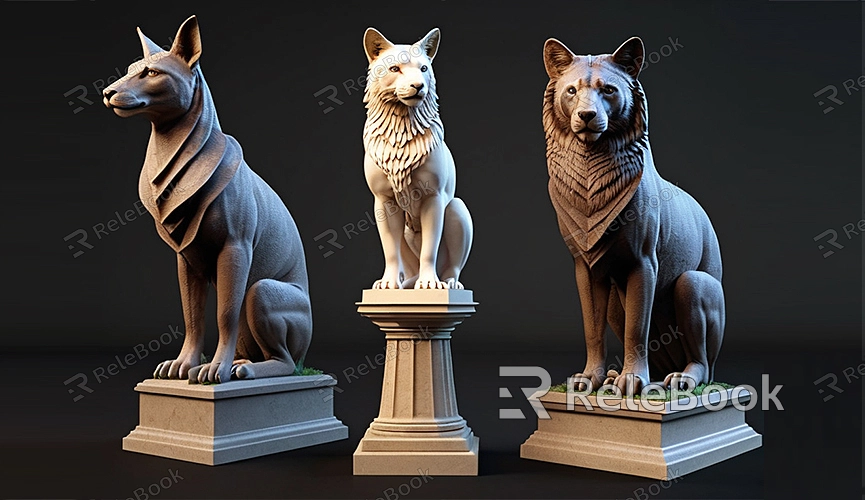Maya how to add supports to a 3d model
In the realm of 3D printing, support structures play a crucial role. These supports aid in successfully printing complex shapes and overhanging parts without deformation or detachment issues. Adding supports to a 3D model in Maya involves technical steps, and this article provides a detailed guide on how to accomplish this effectively, along with practical tips.
Why Support Structures are Necessary
In 3D printing, support structures refer to temporary additions during the printing process. They are designed to support areas that are suspended or angled, preventing issues such as deformation or dropping during printing. After printing, these structures can be easily removed without affecting the final model's appearance or structure.

Steps to Add Supports in Maya
1. Open Maya and Import the Model
Start by launching Maya and importing your 3D model that requires supports. You can do this by navigating to "File" > "Import" and selecting your model file. Maya supports various 3D model formats including OBJ, FBX, among others.
2. Analyze the Model
After importing the model, analyze it to identify areas that require supports. Typically, areas that are suspended or tilted beyond 45 degrees will need support. Maya's inspector tools can assist in identifying these regions.
3. Create Support Structures
Once you've identified the areas needing support, you can begin creating support structures. Maya doesn't have dedicated support tools, so you'll use basic geometry (like cylinders or cubes) to manually create supports.
- Select Creation Tools: Choose Maya's "Polygon" tools and select a basic geometry shape, such as a cylinder.
- Adjust Size: Scale the cylinder using the scaling tool to fit it appropriately as a support structure.
- Place Supports: Position the scaled cylinder beneath the area needing support. Use the move and rotate tools to adjust its position and angle for stable support of the overhanging parts.
4. Optimize Support Structures
Manually adding support structures can be time-consuming but is crucial for ensuring print quality. Optimize support structures using the following methods:
- Reduce Support Quantity: Minimize supports to necessary areas to reduce print time and material waste.
- Use Fine Supports: Employ smaller support structures to minimize impact on the model surface while still providing adequate support.
- Optimize Support Placement: Ensure supports do not interfere with critical areas of the model, particularly detailed regions.
5. Export Supported Model
After adding support structures, inspect the entire model to ensure all necessary areas are adequately supported. Then, export the model as an STL or another format supported by your 3D printer through "File" > "Export Selection".
Using Automated Support Generation Tools
If manual support creation seems daunting, consider using automated support generation tools available in software like Meshmixer or Chitubox. These tools can complement Maya by allowing you to design the model in Maya and then generate supports in these applications.
Practical Tips
- Plan Supports Properly: Consider support needs during model design, planning the structure and support points to minimize post-design adjustments.
- Test Prints: Conduct small-scale test prints before full production to verify support effectiveness and make timely adjustments.
- Post-Processing: After printing, carefully remove supports using suitable tools (such as tweezers or scissors) to avoid damaging the model surface.
Adding supports to 3D print models in Maya is a critical step to ensure print quality and success. While manually adding supports in Maya requires skill and time, strategic planning and optimization can significantly enhance printing outcomes. For high-quality 3D textures, HDRI, or downloadable 3D models for your modeling and virtual scene creation needs, you can download them from Relebook and integrate them directly into your projects. This guide aims to help you effectively enhance your 3D printing projects in Maya.

